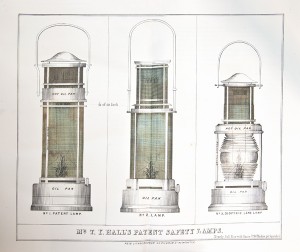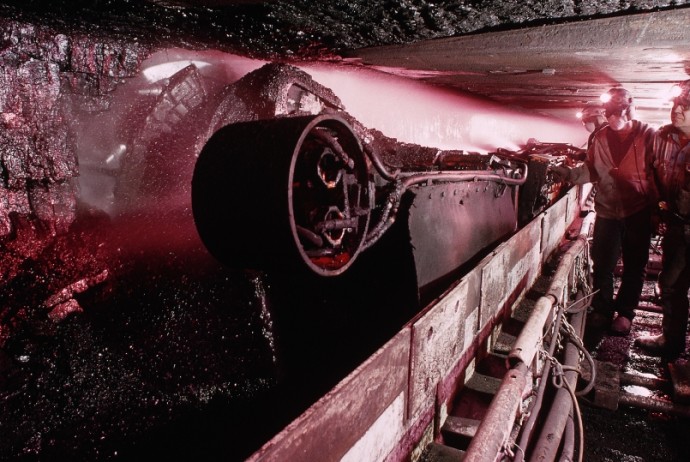Mining
By: Nicole Kozlowski
Europe’s mining industry was a key factor in their economies boom and well being. Mining was always a dangerous endeavor because of the high probability of a collapse or deadly gasses protruding from the earth. Because minerals were readily available, especially as miner dug deeper, the industry began to attract people with a promise of economic prosperity. With the growth of the mining industry many cities, towns, and eventually entire nations became self-sufficient in producing industrial minerals, so they have very little imports in that category. They used rock, sand, metals, lime, silica, talc, and coal for the production of roads, building, steel, and medicines.
Industrial Revolution’s effect on Mining
The Industrial Revolution brought a high demand for coal, which was used in the melting of almost all metals and boilers. Before this time period, cheap charcoal and surface mines were popular ways to fuel foundries and other endeavors. When countries began to industrialize and build more factories, they then needed coal, which was more efficient and long lasting, to fuel steam engines and furnaces. The result of high demand for coal forced coal mines to dig deeper into the ground. The growth of a prosperous industry in a poor place, pre-industrial Europe, drew many starving, poor, and desperate people to work the mines and tap into their wealth. So much desperation was often exploited by the owners of the mines which, in turn, made work environments extremely dangerous by pushing workers through small crawl spaces and encouraging dangerous mining practices.
Many, wanting to increase their profits encouraged their children to quit school and other activities to work in the mines. Children were especially beneficial because they could fit into smaller spaces which their adult counterparts could not. The increased labor, however, caused a boom in the production of coal in Britain. Although the labor force was of plentiful it was due to the introduction of machine based manufacturing to extract materials from the ground. Very little coal was found in the south, but great amounts were found in the Midlands, the north, and parts of Scotland. The minerals and coal found were difficult and expensive to move during this time, so towns and other industries grew up around the mining areas.
Mining as an industry was revolutionary because it provided a large sustainable base for national economical growth. Mining created jobs for the masses and was responsible, in its own right, for the rise of the middle class. The mining industry was not isolated however, it affected society in many different ways. Children who chose to work in the mines chose to also forgo schooling which affected teachers, who complained that the drop in students decreased their work and thus livable wages. This problem was what affected the creation of child labor laws. Ultimately the mining industry had an economic and social impact on Britain and other countries who supported mass mining.
Inventions that helped to make mining more efficient:
1698: the Steam Pump was invented by Savery, which helped with the removal of water from mines.
1712: the Steam Engine was invented by James Watt. It helped with the removal of water from the deep, working mines as well as allowing such mines to not be placed next to waterways.
1712: the Newcomen Engine was invented, which enable more coal to be extracted and made mining more profitable
1816: the Safety Lamp was invented by Sir Hunphry Davy.


This work (Thomas Halls Patent Safety Lamp, by Thomas Young Hall) is free of known copyright restrictions.
Citiation:
Coulson, M. (n.d.) The History of Mining: The Events, Technology and People Involved. Retrieved April 8, 2014.

